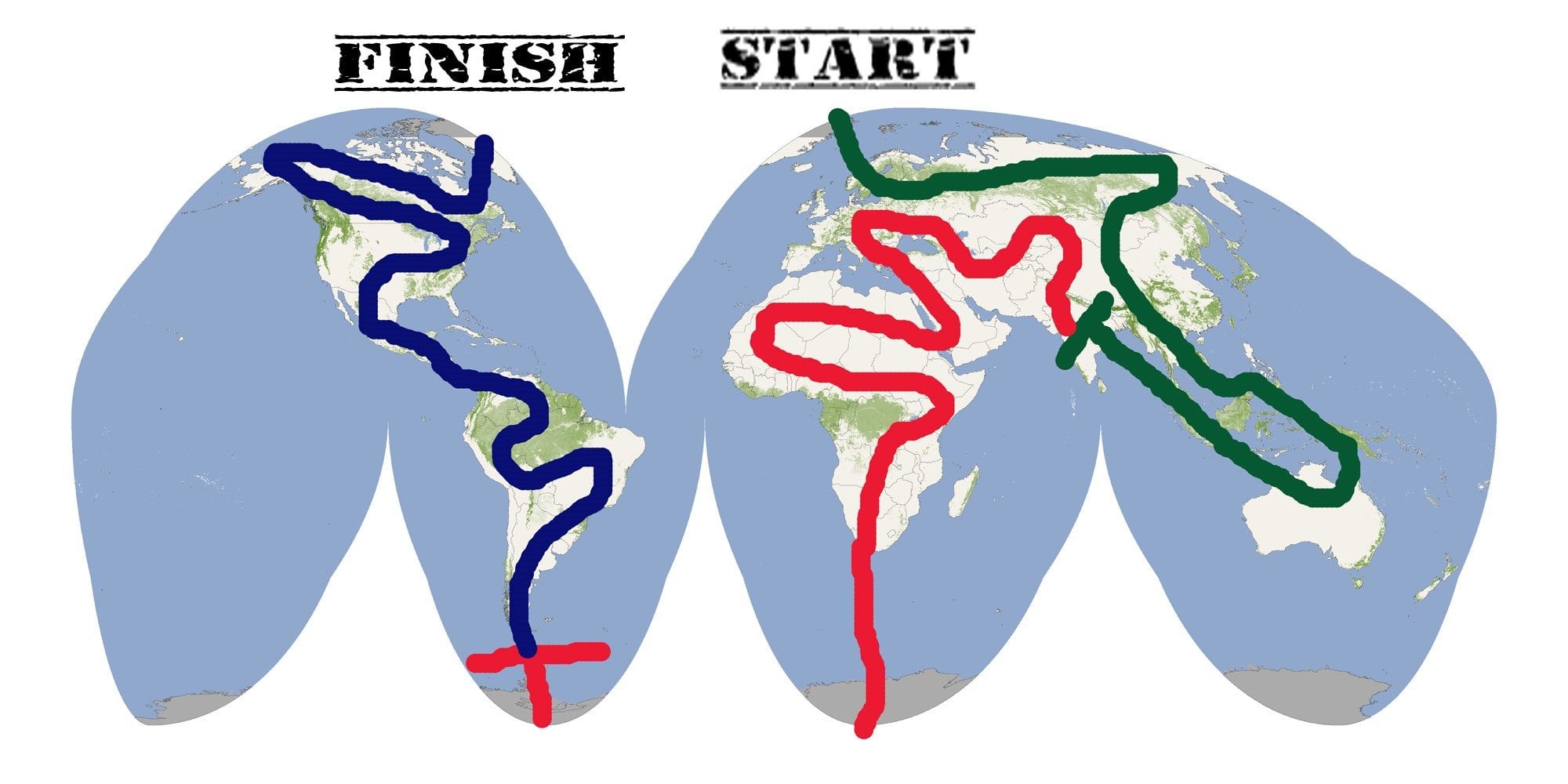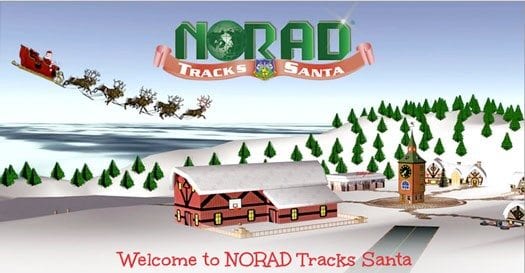Here at Catalyst we love Christmas, from the first door on the advent calendar to the last mince pie, we like to feel that its fleeting nature is one of the things which helps to make it special.
Mentioning Christmas and Santa brings us to the key point of this seasonal blog, and it’s all about answering one of those tricky questions which children tend to throw up at this time of year, namely ‘How does he do it?’ Every child in the world (at least those who still believe in him and have been good boys and girls) receives a selection of gifts from the chubby jolly man in the bright red suit and, even if you accept that he can make a sleigh fly and squeeze down a chimney – not to mention taking on board that many mince pies and sips of sherry – because he’s magic, there still remains the question of how he navigates his way around every corner of the globe in such an efficient and speedy manner.
Which, of course, is where we come in. Speed and efficiency are our watchwords, and when we see a something working as smoothly and effectively as Santa’s gift distribution programme, we recognise a kindred spirit. We don’t just take things like this for granted, however, since we’re always keen to learn more about finely honed systems and processes from studying how they work in the real world, and that’s why we took the time to quiz one of the Elves who help to make it all possible.
Yes, we said Elves. ‘Little helpers’ as they prefer to be called. Although wishing to remain anonymous for reasons of commercial confidentiality, the little helper that we quizzed was willing to reveal the perhaps surprising truth behind the efficiency of Santa’s route planning, and the lessons he had learned from the humble bee.
Now, you may think of Santa as being a jolly and entertaining fellow, and he is of course, but take it from us, when it comes to getting the right present in the right stocking without waking anyone up he’s completely serious. To that end he undertook a study of existing practices in the company of researchers at Queen Mary, University of London, who pointed out the ease with which bees manage to navigate from flower to pollen rich flower without getting lost and without using a tiny version of sat nav.
At first glance, the flight of the average bee may appear to be a fairly random business, but the in-depth research uncovered the use of practices which any practitioner of Lean Six Sigma would be proud to call their own, not least, as Santa was excited to note, the implementation of their own version of a Spaghetti Diagram.
Lars Chittka, Professor of Sensory and Behavioural Ecology at the University, was hugely impressed by the manner in which the bees developed their internal route map:
[box]“The speed at which they learn through trial and error is quite extraordinary for bumblebees, as this complex behaviour was thought to be one which only larger-brained animals were capable of.”[/box]
Unlike elves and Santa himself, of course, the bees couldn’t sit down and explain exactly how they arrived at their stripped down and super-efficient process, so the scientists had to develop a means of tracking their flight path in real world, real time conditions. They did this by creating artificial flowers, each one of which contained a landing platform baited with a drop of sucrose and a motion triggered miniature webcam.
By placing five of these high tech flowers in a mown pasture, the scientists were able to follow the progress of the bees via the webcam imagery. As if this wasn’t thrilling enough, however, the team also fitted five of the bees with microscopic transponders which allowed them to be tracked via radar. As Dr Mathieu Lihoreau explains, the results revealed the ability to learn from experience:
[box]“Initially, the bees’ routes were long and complex, revisiting empty flowers several times, but as they gained experience, they gradually refined their routes through trial and error. Each bee tried only about 20 of the 120 possible routes. They could thus select the most efficient path to visit the flowers, without computing all the possibilities.”[/box]
In the period between their first and last flights, the bees were able to reduce the time spent travelling from flower to flower by some 80 per cent. Although the bees did not find the shortest absolute route, they refined their journey to come very close, demonstrating an ability to learn through trial, error and analysis which mirrors the use of Spaghetti Diagrams in a range of workplaces. Whether in a factory, office, restaurant or any other workplace, the inefficient placement of equipment and workstations, coupled with an ill-thought out attitude toward movement around the space, can result in time being wasted on an ongoing basis.
Even a journey which takes a few seconds, once multiplied by each member of the team and across the length of every working day, can add up to a huge amount of unproductive time. The bees know this, so does Santa, and workplaces which map the movements of staff, materials and information via a simple Spaghetti Diagram can learn the same invaluable lesson.
Santa simply took best practice as exemplified by the busy bees and applied it to himself and his team of reindeer on their busiest night of the year. Just in case you’re still not convinced, have a look at the official Norad website at http://www.noradsanta.org/ and follow his progress as it happens.
 Naturally, if you’d like to know a little more about how the Spaghetti Diagram, or other techniques could help you, please contact us on 0845 345 2282. And finally, we’d like to take this chance to join in with Santa, the Elves the clever scientists and the even cleverer bees in wishing you all a merry Christmas and a Happy New Year.
Naturally, if you’d like to know a little more about how the Spaghetti Diagram, or other techniques could help you, please contact us on 0845 345 2282. And finally, we’d like to take this chance to join in with Santa, the Elves the clever scientists and the even cleverer bees in wishing you all a merry Christmas and a Happy New Year.







